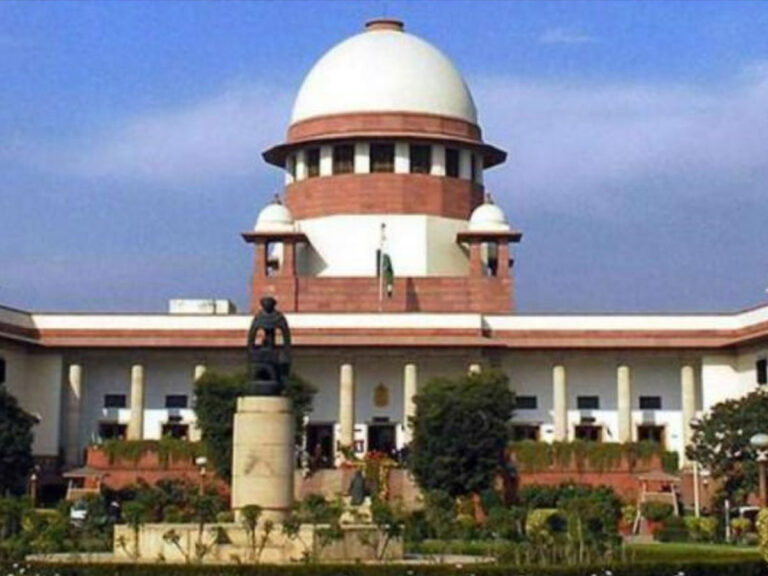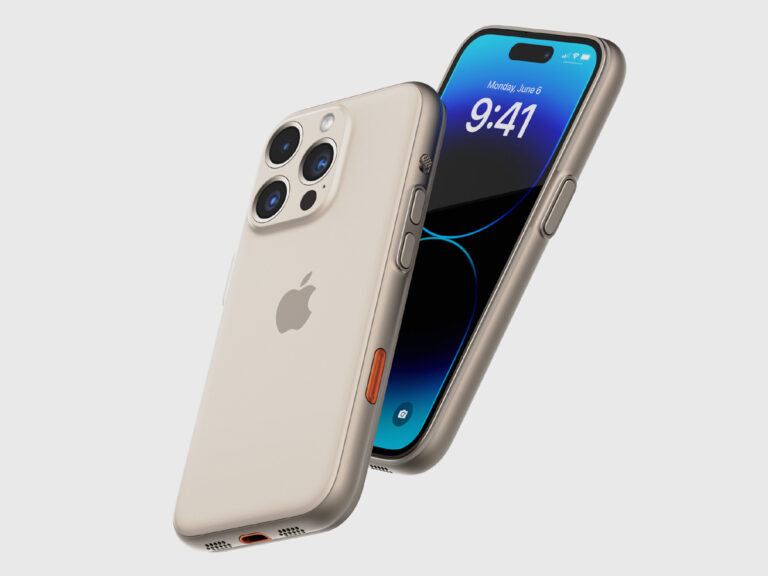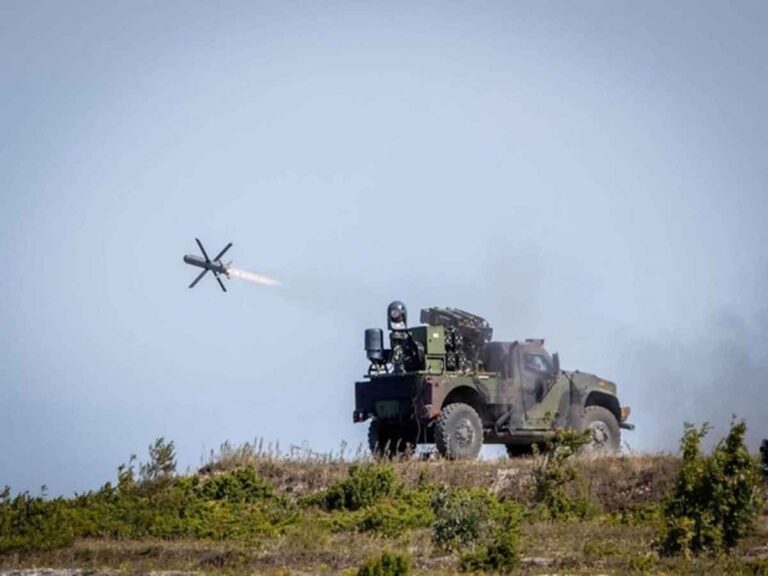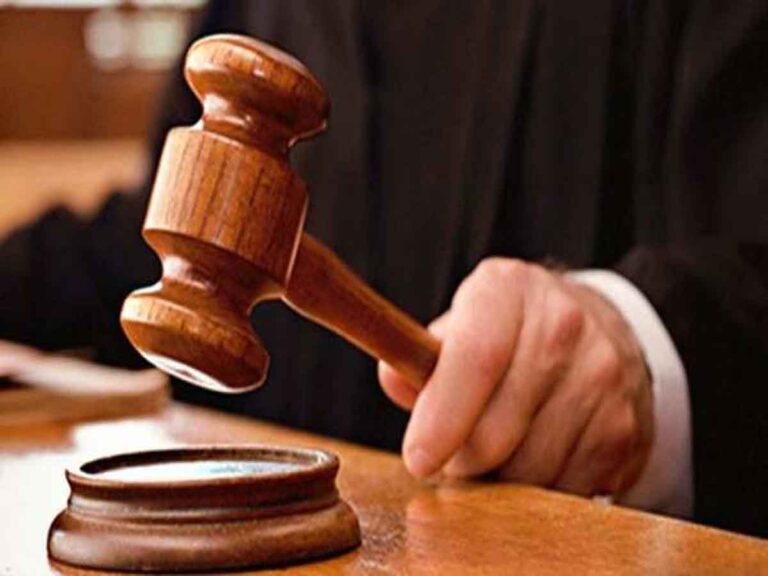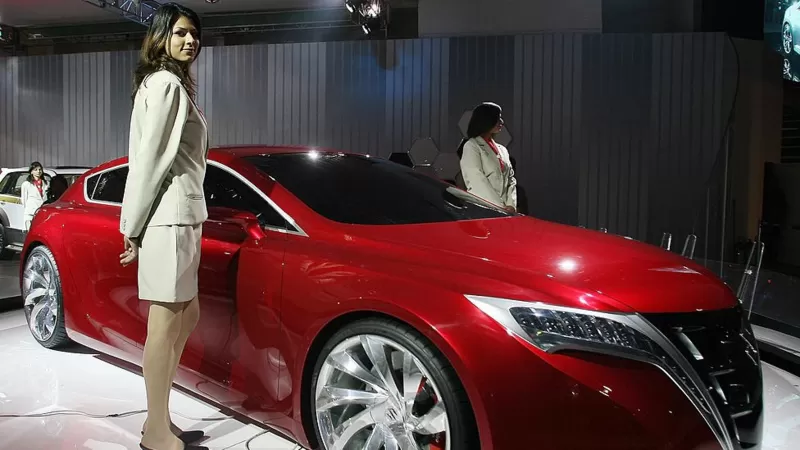

Maruti Suzuki:Airbags inflate when a car crashes and have been saving the lives of drivers and car passengers around the world for decades. Airbags are considered the most important safety measure in vehicles since seatbelts.
The Government of India is going to implement the scheme of installing 6 airbags in all cars from this year. But India’s largest carmaker Maruti Suzuki is reluctant to do so.
According to World Bank statistics, one out of every 10 people killed in car accidents worldwide is an Indian.
Japanese company Suzuki Motor Corp. has a major stake in Maruti Suzuki. This company says that increasing the number of airbags will increase the price, which will affect the sales of small cars. Maruti Suzuki is at the forefront of the small car segment in India.
The company’s chairman RC Bhargava told Reuters news agency, “It will hurt the small and poor people who cannot afford expensive cars.”
In Indian cars, it is mandatory for the front passenger and driver to have two airbags in advance. According to an estimate, installing four more airbags will increase the price by at least Rs 18,500.
Only eight percent of the households in India own a car. The starting price of the car in the Indian market is at least three lakh 40 thousand rupees.
“The losses in the low-cost segment in the car market will be huge. There is already a lot of price sensitivity here,” says Bhargava.
According to the Society of Indian Automobile Manufacturers, a representative body of 44% of vehicle and engine companies in India, 3 million cars were sold in India last year, which was 13 percent more than the previous financial year.
Most of the people in India buy small and cheap cars but in recent years the number of buyers of utility, sports and multi utility cars has also increased.
India is the fourth largest car market in the world. About 30 million people work directly and indirectly in the car industry. The contribution of the car market to the Indian GDP is about 6 percent.
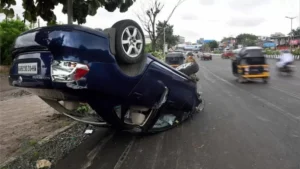
The good things about cars end here. According to the World Bank, India has close to one percent of the world’s cars, but 10 percent of the deaths related to car accidents occur in India itself.
In the year 2020 in India, more than 130,000 people lost their lives in road accidents. Close to 70 percent of those who died were in the age group of 18-45. More than half of these were those who were walking on the road or riding a bicycle or a motorcycle.
Car accidents in India cause a loss of about three percent of GDP every year. India has set a target of reducing road accident deaths by half by 2025.
To do this, the government wants to increase the safety standards in vehicles. Apart from making six airbags mandatory in cars, the government also wants to implement India NCAP.
This car safety organization will implement a safety rating system for cars, in which one to five stars will be given. These will be based on crash tests. These will be based on the safety techniques of children in addition to adult passengers in the vehicles.
According to Union Transport Minister Nitin Gadkari, this will also give a boost to the mission of making India the world’s number one automobile hub.
Car buyers in India keep prices in mind a lot. Locally manufactured cars are available in the Indian market in the range of Rs.340000 to Rs.30 lakhs.
Despite this, the demand for small cars in India is decreasing. Raw material prices are rising, taxes are increasing, making cars costlier and people who want to replace two wheelers, cars are getting out of their budget. Fuel prices have also increased.
Due to the long-term economic decline, the income of most of the Indian is stuck in one place. Those who can upgrade are also getting sedan cars or utility vehicles, further shrinking the small car market.
Maruti Suzuki admits that the hatchback market has declined by 25 per cent in the last four years.
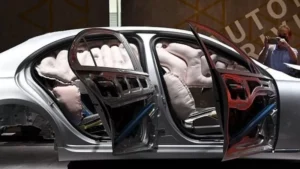
- Are Indian Cars Safe?
According to GlobalNCAP, a British body that monitors car safety standards, the picture about safety standards in India is mixed.
Global-NCAP started crash testing of Indian cars in the year 2014. Then five of the most talked about small cars in the Indian market, which accounted for 20 percent of the total car sales, failed the test. These included models from Tata, Ford, Volkswagen and Hyundai.
Since then the organization has tested more than 50 car models in India. Cars of Tata and Mahindra have been rated as the safest among them. The five-seater SUV car Tata Nexon is the first Indian car to have achieved NCAP’s five-star rating. This rating has been found on the standards of safety for adult car riders.
Alekhandro Furas, Secretary General, Global-NCAP, says, “While the safety design of vehicles has been greatly improved, we can say based on the latest results that there is still a lot to be done to meet the safety needs of Indian customers. Is.”
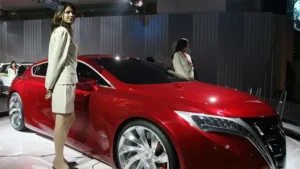
Furas says that Indian carmakers have increased safety standards but “big global brands do not meet safety standards in India but are easily meeting these requirements in global markets.” The result is that the safety features are reduced from the cars so that they can be launched in the Indian market at a cheaper price.
On the other hand, Dhruv Behl, managing editor of Automobil magazine AutoX, says that in general terms, Indian cars have “became much safer” in the past decade.
Dhruv Behl believes that once construction takes place on a large scale, the cost of raising the safety standards will also come down.
Kushan Mitra, who writes on vehicles, says that despite all this, a car with the safest safety feature is as safe as its driver.
He says, “Indians do not drive by law. We are not too conscious about safety. My son studies in a posh pre school. Despite this, even ten percent of the children who come there do not sit in the child seat. “
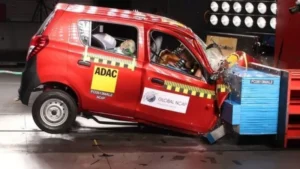
Friend’s point is also right. Children usually sit on the lap of co-travellers, the rear passengers do not even wear seatbelts, people do not drive in the right lane.
Even on gridlocked roads, people in India drive in the opposite direction. Many new expressways have been built in India. It is common to drive at high speed while drinking alcohol on them.
Heavy vehicles are parked in the car lane on the highway. Even the ride-sharing cabs do not have a rear seat belt. Many of the roads are poorly designed. And on top of all this traffic rules are not strictly followed.
Vinkesh Gulati, president of Federation of Automobile Dealers Association, says that when people come to buy new ones, they ask about leather seats, sunroof and car stereo system. Many car buyers are not particularly interested in safety standards.
He says, “Safety standards are not given much importance while buying one. Car buyers do not cancel orders because of safety standards. However, awareness about this is slowly increasing.”
Archana Tiwari Pant is also one such buyer. 58 year old housewife Archana is going to buy an SUV car soon. She says that she will insist on buying one with more air bags and anti-lock braking system.
The anti-lock braking system prevents the car from slipping while applying automatic braking. Apart from this, she will also see rear parking sensors. She says she doesn’t mind spending a little more on safety standards.

